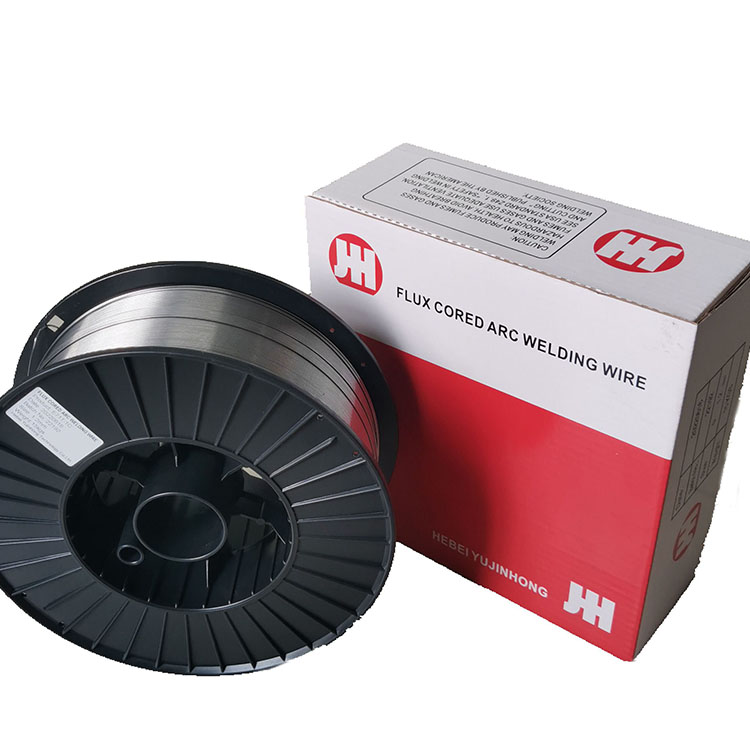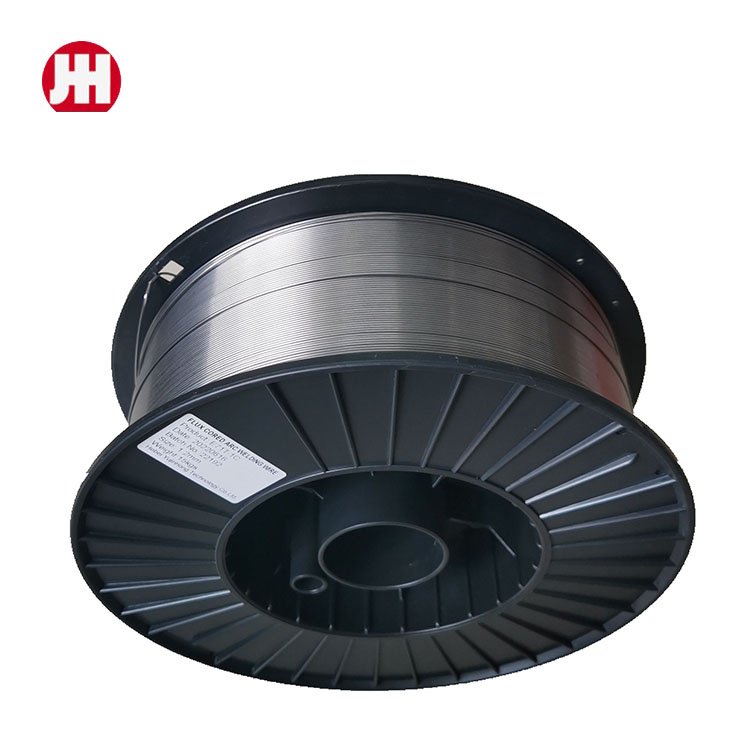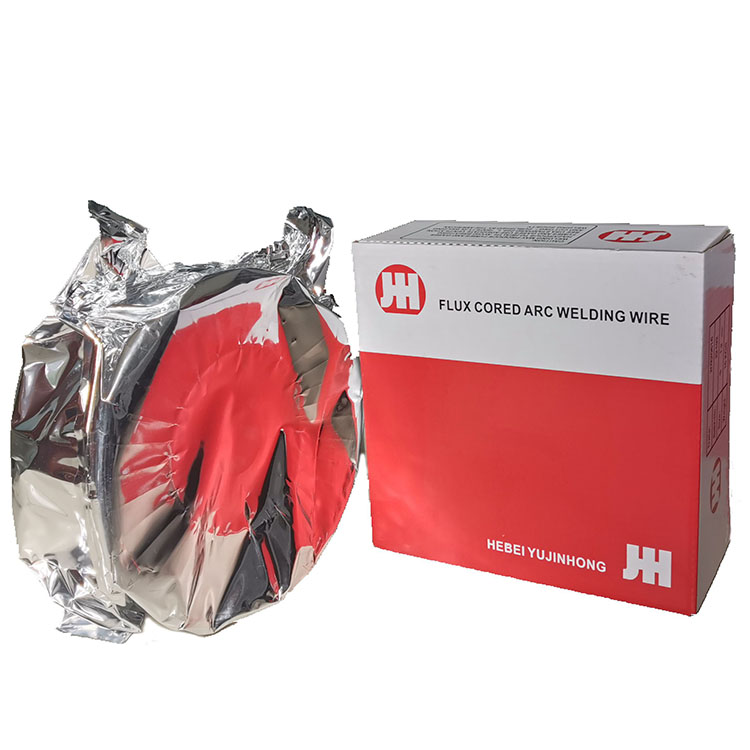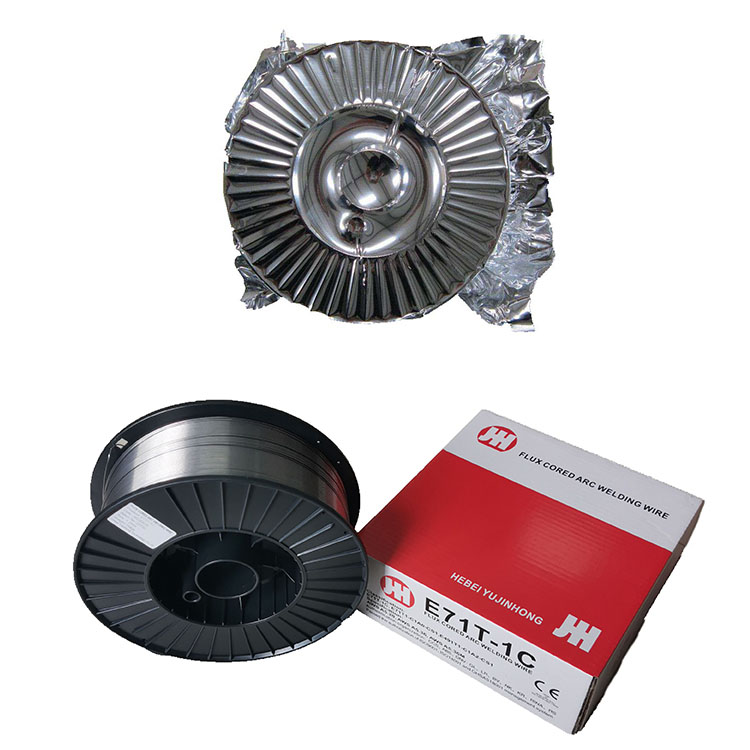Tubular Welding Wire: High Deposition, Low Spatter, Alloys
Tubular Welding Wire: field notes, specs, and what buyers are actually choosing
If you spend any time on shop floors or shipyards, you already know why the Tubular Welding Wire Flux Cored MIG Wire keeps stealing jobs from solid wire. Higher deposition, better out‑of‑position behavior, less wind drama—what’s not to like? Below is a condensed buyer’s guide from recent projects and lab notes, peppered with a few first-hand remarks.

What’s trending in FCAW, honestly
- Shift to low‑hydrogen rutile/basic cores for better toughness in cold climates.
- Gas-shielded for robotic cells; self‑shielded for outdoor structural and repair.
- Wire engineered for mixed gases (Ar/CO₂) to tame spatter and improve wetting.
- Traceability: heat/lot barcoding and test cert PDFs are now expected, not optional.

Quick product snapshot
Tubular Welding Wire (aka flux‑cored, powder‑cored) comes in gas‑shielded and self‑shielded types. The product shown originates from NO.368 YOUYI NORTH STREET, XINHUA DISTRICT, SHIJIAZHUANG CITY, CHINA. Real-world reports: smooth arc, easy slag lift, and forgiving puddle control, especially on fillets.
| Spec (typical) | Value (≈, may vary by class) |
|---|---|
| Diameters | 0.9 / 1.0 / 1.2 / 1.6 mm |
| AWS/ASME | A5.20 E71T‑1C/1M; A5.29 E71T‑8 (self‑shielded) |
| ISO | 17632‑A T42 0 C1/M1 1 H8 |
| Tensile strength | ≈ 540–620 MPa |
| Impact toughness | ≥ 27 J @ −20°C (typ. 47–80 J) |
| Diffusible H | ≤ H8 (often 4–6 ml/100 g, per ISO 3690) |
| Shielding gas | 100% CO₂ or Ar/CO₂ blends; self‑shielded: none |
| Polarity | DCEP |
| Typical current | 150–320 A (process‑dependent) |

Process flow (how the sausage gets made)
Steel strip is formed into a U, filled with a tailored flux (rutile/basic powders, deoxidizers, alloying agents), then closed, drawn down, and spooled. Optional copper coating, then vacuum pack. QA includes wire ovality, flux fill rate, moisture, radiographic bead checks, Charpy, and hydrogen testing per ISO 3690. Typical sealed shelf life: ≈ 12 months; once opened, keep below 60% RH and re‑bake per datasheet (often 100–120°C) if moisture creeps in.

Where it shines
- Structural steel, bridges, and wind towers (out-of-position productivity).
- Shipbuilding/offshore: tougher weld metal and steady arc in slight breezes.
- Heavy equipment repair: self‑shielded wire for yard work—no gas bottle shuffle.
- Pipeline tie-ins and fabrication (with class‑appropriate approvals).
Many customers say slag peeling “like a zipper” is a quiet productivity win. I’ve seen that too—less time with a chipping hammer, more time laying metal.

Vendor snapshot (informal, real-world ranges)
| Vendor | Focus | Certs (typ.) | MOQ | Lead time | Notes |
|---|---|---|---|---|---|
| SteelToolsChina (origin listed above) | Gas/self‑shielded FCAW | ISO 9001; mill test reports; optional class approvals | ≈ 1–2 t | ≈ 10–25 days | Custom flux recipes; private label |
| Global Brand A (US/EU) | Premium all-position E7xT | ABS/LR/DNV (model-dependent) | Pallet | Stock to 7–14 days | Strong robotics support |
| Regional Mill B (Asia) | Carbon steel FCAW | ISO 17632 conformance | ≈ 1 t | ≈ 15–30 days | Value pricing |
Customization and testing
You can spec low‑temp impact targets (−40°C), tweak slag systems for vertical‑up, or tune for Ar/CO₂ blends. Typical tests: Charpy V‑notch, radiography, bend tests (ASME IX), hydrogen per ISO 3690, and WPS/PQR to AWS D1.1 or equivalent. Service life in the arc? With DCEP and sane parameters, I routinely see clean bead profiles with 4–9 kg/h deposition on 1.2–1.6 mm wire.
Two quick case notes
- Ship block fab: Switch to Tubular Welding Wire E71T‑1M cut rework by ~18% (mostly less porosity in fit‑ups). To be honest, operator buy‑in was half the win.
- Wind tower section: Self‑shielded E71T‑8 handled coastal breeze; slag peeled easily, and UT acceptance improved after dialing in 23–25 V, 210–230 A.
Citations:
- AWS A5.20/A5.20M: Specification for Carbon Steel Electrodes for Flux Cored Arc Welding.
- AWS A5.29/A5.29M: Low-Alloy Steel Electrodes for Flux Cored Arc Welding.
- ISO 17632: Welding consumables — Tublar cored electrodes for gas shielded and non-gas-shielded metal arc welding of non-alloy and fine grain steels.
- ISO 3690: Hydrogen in ferritic steels — Determination of diffusible hydrogen.
- AWS D1.1/D1.1M: Structural Welding Code — Steel (qualification and acceptance criteria).
-
High-Quality Welding Electrodes 4.0mm*400mm for Industrial Use | Steel Tools ChinaNewsNov.24,2025
-
Explore the Benefits and Uses of 2.6mm Welding Electrode 6013 | Global GuideNewsNov.23,2025
-
Understanding CO2 Welding Wire Price: Global Impact, Trends, and TipsNewsNov.22,2025
-
Top Guide to Welding Wires CO2 – Specifications, Benefits & Industry UsesNewsNov.22,2025
-
Comprehensive Guide to Welding Electrode 6011 – Global Applications & BenefitsNewsNov.21,2025
-
AWS E6013 Welding Rod-HEBEI YUJINHONG TECHNOLOGY CO.,LTD.|All-Position Carbon Steel ElectrodeNewsNov.21,2025


